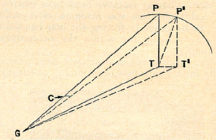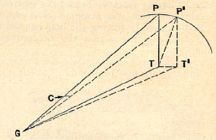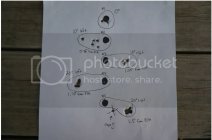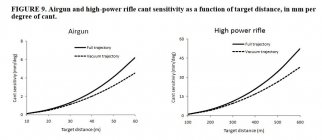DShortt
Gold $$ Contributor
I agree. Unfortunately at this time while I know several other guys who shoot the majority of them are either hunters or pistol shooters and so they aren't interested in bench shooting apart from sighting in a rifle occasionally. I plan to join a gun club in my area soon and I'm hoping I'll meet some people there who can help me out.To an extent it's the Indian, not the arrow. Unless you have a bent arrow. The inherent dispersion of your rifle and cartridge cannot be overcome with skill, only luck part of the time. It's always good to have a fellow shooter you know is much better than you shoot the rifle, and have him watch you shoot it.
-















